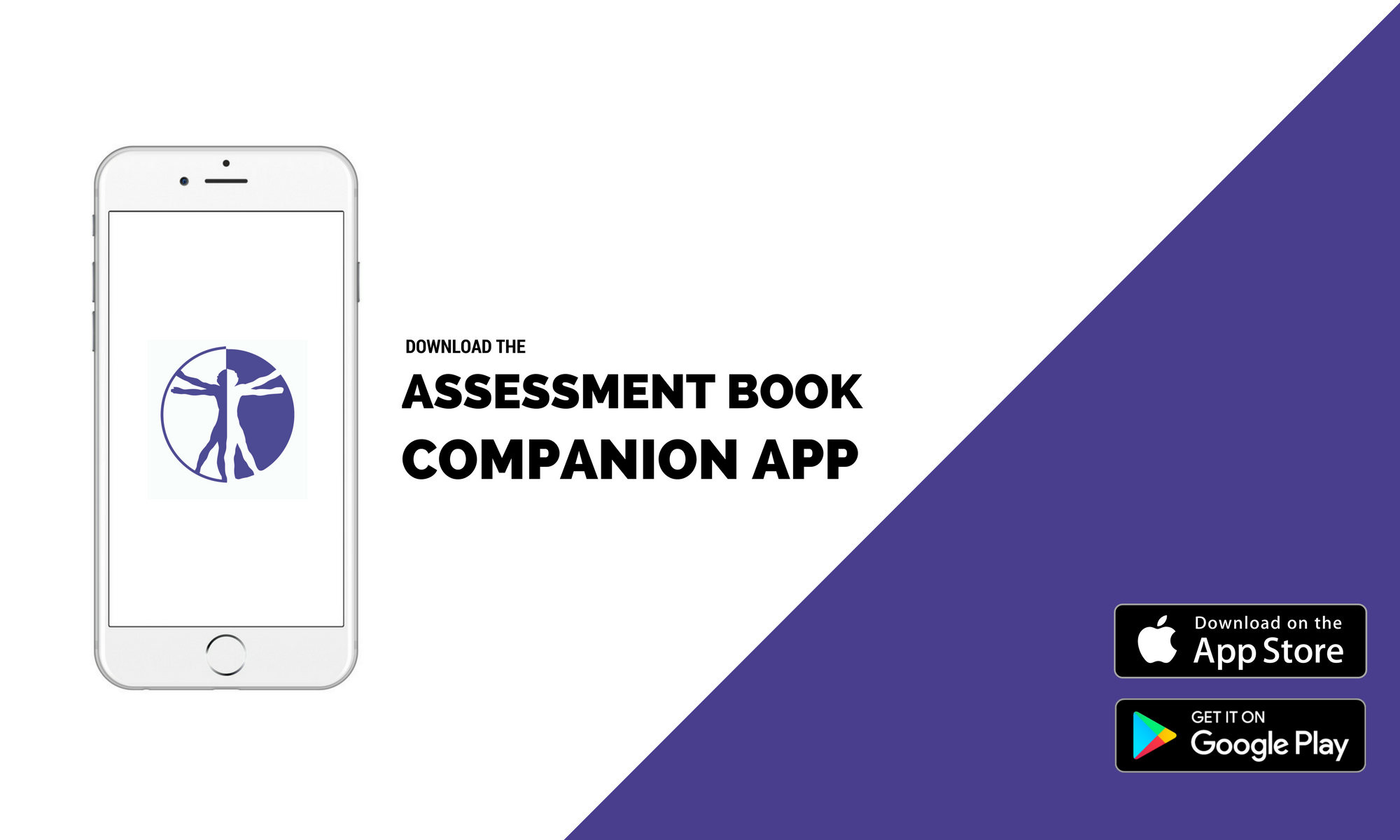Execution:
- The patient is in sitting position
- The examiner instructs the patient to lift an object of approximately 2.5kg / 5lbs (e.g. a heavy book) with the elbow flexed and the forearm pronated
- Then the test is repeated with the elbow flexed and the forearm supinated
Positive Outcome: Pain around the lateral epicondyle during the first part of the test. Pain around the medial epicondyle in the second part of the test
|
Study |
Reliability | Sn | Sp | LR+ |
LR- |
| Polkinghorn et al. (2012) |
NA |
NA | NA | NA |
NA |
| Comment: Phase I of the Polk’s test is designed to stress the wrist extensors and supinators such as the extensor carpi radialis brevis and longus, the brachioradialis and the supinator. A patient with medial epdicondylalgia will have no problem picking up an object this way. Phase II of the Polk’s Test is designed to stress the wrist flexors and pronators such as the flexor carpi radialis, flexor carpi ulnaris, flexor digitorum superficialis, palmaris longus, pronator quadrates and pronator teres. A patient with lateral epdicondylalgia in turn will have no problem picking up an object this way | |||||
![]()
